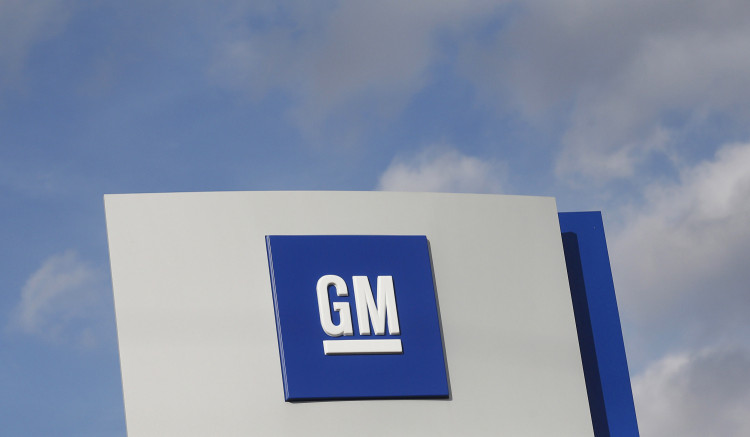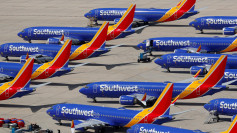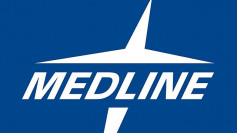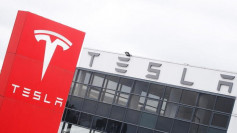General Motors has made a pivotal decision to abandon its ambitious robotaxi venture under Cruise, a self-driving subsidiary it acquired in 2016. After spending nearly $10 billion over a decade to develop autonomous taxi technology, GM announced it will shift its focus to integrating self-driving features into personal vehicles rather than pursuing the costly and uncertain robotaxi business. The decision underscores the mounting economic pressures on the automaker and signals a recalibration of priorities amid a challenging business environment.
The decision marks a sharp turnaround from GM's earlier projections, which touted Cruise as a potential $50 billion annual revenue generator by the end of this decade. CEO Mary Barra, speaking at an Automotive Press Association event in Detroit, emphasized the need for a strategic pivot. "When we looked at the amount of money to deploy a robotaxi business and then to maintain that business and grow it-it's quite a bit of capital," Barra said. "A robotaxi business is not General Motors' core business." Barra described the move as proactive, allowing the company to focus on its core strengths and stabilize its broader operations.
Cruise employees were reportedly blindsided by the announcement, learning about GM's plans through a press release and a brief all-hands meeting. The lack of clarity during the meeting left many uncertain about their future roles, with fears of impending layoffs. Employees had been working toward a 2025 roadmap to launch a driverless service in Houston and were unprepared for the sudden shift. The restructuring process will take several months, during which Cruise will be fully absorbed into GM's operations.
The decision follows a series of setbacks for Cruise, including regulatory challenges and public scrutiny. In October, a high-profile incident in San Francisco, where a pedestrian was dragged by a Cruise robotaxi, led California regulators to suspend the company's permits and ground its entire fleet. These challenges were compounded by delays in securing regulatory approvals for the Origin, a custom-built robotaxi with no steering wheel or pedals. In June, GM shelved the Origin project, opting instead to use a next-generation Chevrolet Bolt for autonomous testing.
Economic realities have also played a significant role in GM's decision. The company is grappling with declining car sales, particularly in China, while trying to establish a profitable electric vehicle business. Rising interest rates have made experimental ventures like Cruise less feasible, forcing GM to redirect its resources. By halting the robotaxi program, the automaker expects to save more than $1 billion annually, a critical step as it aims to cut $2 billion in costs this year.
The move could reshape the competitive landscape in the autonomous vehicle market. GM's exit from the robotaxi space may create opportunities for companies like Waymo and Tesla, reducing competition for talent and simplifying regulatory oversight. However, the broader industry still faces significant hurdles in achieving large-scale adoption of fully autonomous vehicles, with safety and public trust remaining major concerns.
For GM, the pivot represents a pragmatic shift toward leveraging its autonomous technology for personal vehicles. Cruise CEO Marc Whitten assured employees that the technology developed over the years would "live on" within GM's broader operations. This transition allows GM to refocus on its core strengths and align its resources with consumer demand, potentially paving the way for a more sustainable future in the autonomous vehicle space.






